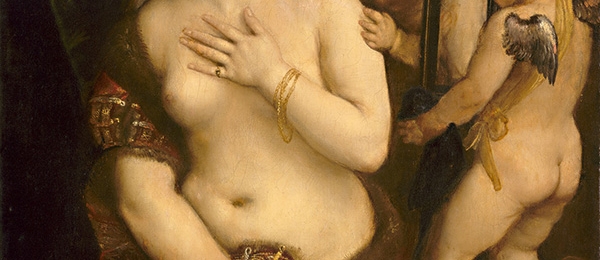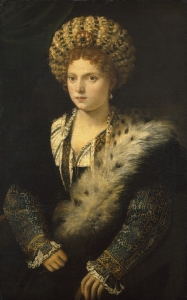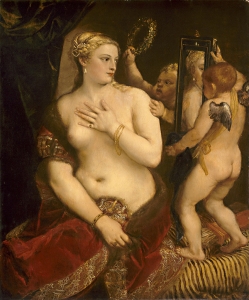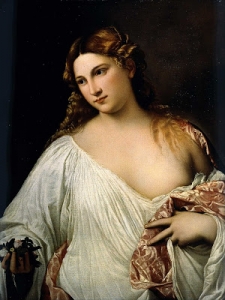Venetian Method. The Working Methods and Mysteries of the Old Masters.

Modern painting methods are far more rapid and direct than those used by the “old masters,” and as such, make replicating the works of these great artists a challenge, even when we render each colour and tone as closely as seems possible.
The transparency and luminosity that was created by the heavily layered techniques of the old masters is found lacking regardless of one’s efforts to recreate colour and tone. This mysterious challenge invariably proves very frustrating when attempting to copy Renaissance art, with our current methods always producing something that appears heavy and overly opaque by contrast. Some have attributed the wondrous lustre and more translucent look of the old masters’ work to time, but that is not truly the case.
Rather, the technique of painting flesh in the manner of the masters casts a glow over the work as a whole that modern methods cannot fully replicate. “The effect of the whole,” as Reynolds once called it, is simply more effectively created by the time-consuming techniques of the old masters. The work of the old masters also ages better, and the figures in them look “alive” whereas, after even a quarter of a century, the figures in many modern works grow sallow and spotty with inevitable yellowing. The ” Venetian Method” is credited with producing art that actually beautifies with age, with the mellow tones created by time enhancing the work’s natural warmth (Renaissance art typically began with a warm-toned base). As the glazes used so extensively in layers by the old masters age, they grow more transparent, hence adding so much to the overall luminosity of the paintings. Modern images grow brownish in a flat way that lacks the same charm and quality.
The “Venetian Method ” is not a surefire way to create beautiful images, of course, as it is challenging and requires the artist to have a great deal of skill and vision, but a dedicated painter will find many delights in reviving this somewhat lost art. We have a greater range of colours we may add to it today, but one may wish to stick to the same simple colours the masters used, to test one’s skill and to remain authentic to the technique as a whole.
While being effectively able to utilize this method will not turn you into a Master, it lays the requisite foundation to paint like one of the Renaissance. You will have to add the energy, vitality, and style, but keep in mind this ability as a whole is not a gift given by some magical means. It requires, like all things, persistence and hard work. Likewise, keep in mind that there is no one way to paint, no one great master to emulate; each added his own contribution to the world of art, and so shall you. There is one thing the Venetian Method can guarantee you, however: A work that will stand the test of time and age like a fine wine, delighting generations to come.





This Post Has 0 Comments